![]() © Astron Mechanical Group
© Astron Mechanical Group
It took some time [sic!], but to those of you who have been bothering the Boss of the Mechanical Group about the solution to the
Mechanical Riddle, here it is:
A. Blunt needle with a combination of UV light, syringe, milk, food colorings, water, high temperature, 2 engineers, one research instrument maker and an intern in a mechanical workshop INDEED resulted in a big mess. We did clean afterwards, no traces of mess to be seen .... However, that is not the proper answer of a line manager
B. It was a weird experiment, but heck, that is what the Mechanical Department is for - to THINK OUTSIDE THE BOX and perform weird experiments and achieve great results!
We NEVER ever scare or tease anybody.... Seriously, never ;-) at least not the interns. What about the blunt needle? In this particular experiment, we really had to use the blunt needle to inject the UV marker, food colorings, and at the end a whole syringe of milk to the system... It was an intricate operation, but I will assure you that our patient has survived and we got to know more about its 'ins and outs'. Nobody was hurt but a hose, which was bleeding (red colored) water by the way. However, this was NOT the answer of the manager either.
C. We did have fun. We do have fun every day because our work is FUN. Everybody who works in the Mech. Department has a screw loose here and there. Well, you need to if you are so happy solving puzzles day in and day out. Apparently loosing one's screws is contagious because even Gijs caught the bug of enthusiasm from the mechanical groupies:))and drunk some of the red food coloring. Nothing special, no taste to it (only the coloring was slightly too old [sic!]). NOPE, C was not the answer of the line manager.
D. Abstract... YES that is the solution to the mechanical riddle! The heat sink worked so well (first time right, right?!) that it needed some paperwork as a follow up. At that time when the experiment took place: no, no abstract had been written yet.
If it still sounds too mysterious to comprehend: we created a setup to visualise the FLOW of coolant across the Gemini LRU liquid cooling heat sink. The objectives were to find areas that needed optimisation, to eliminate the dead corners and enhance the performance of the heat sink. Mission status: accomplished, 2nd generation Heat Sink should have the optimised geometry for the abstract.

 © ASTRON
© ASTRON © ASTRON Mechanical Department
© ASTRON Mechanical Department © J Hargreaves, P Donker
© J Hargreaves, P Donker © JIVE
© JIVE © ASTRON
© ASTRON © ASTRON
© ASTRON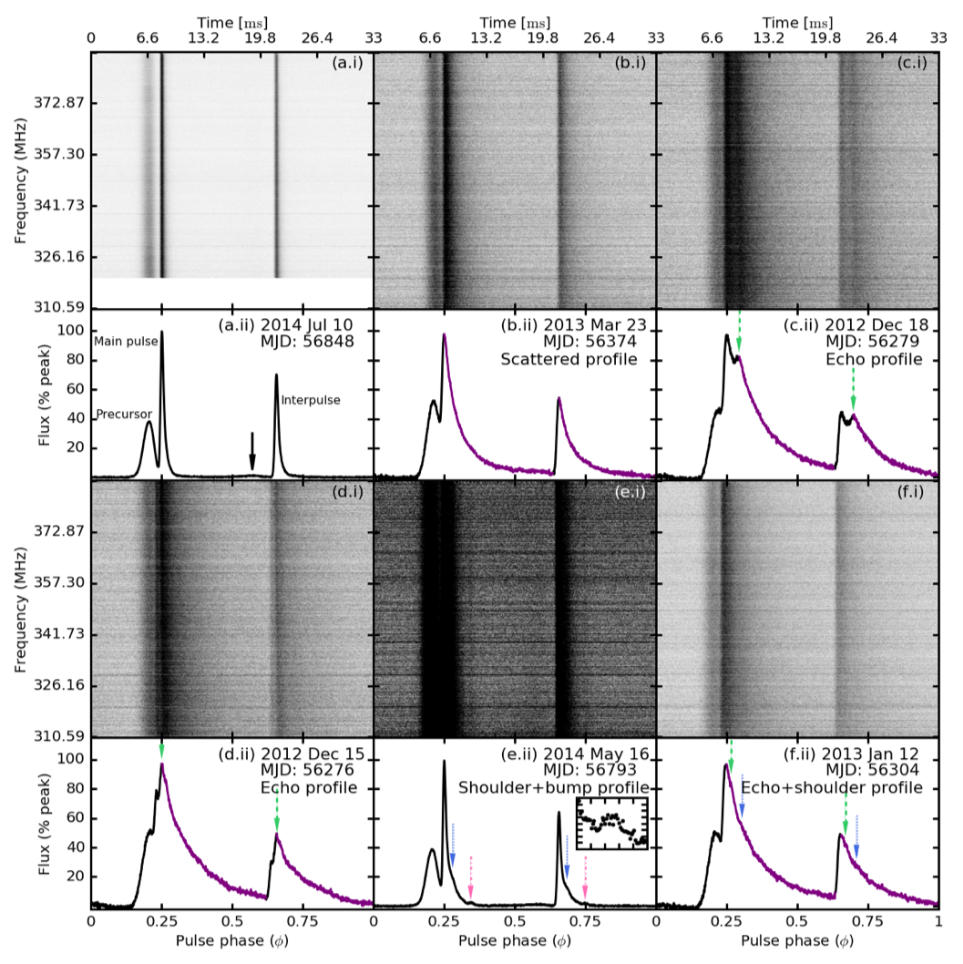 © Laura Driessen
© Laura Driessen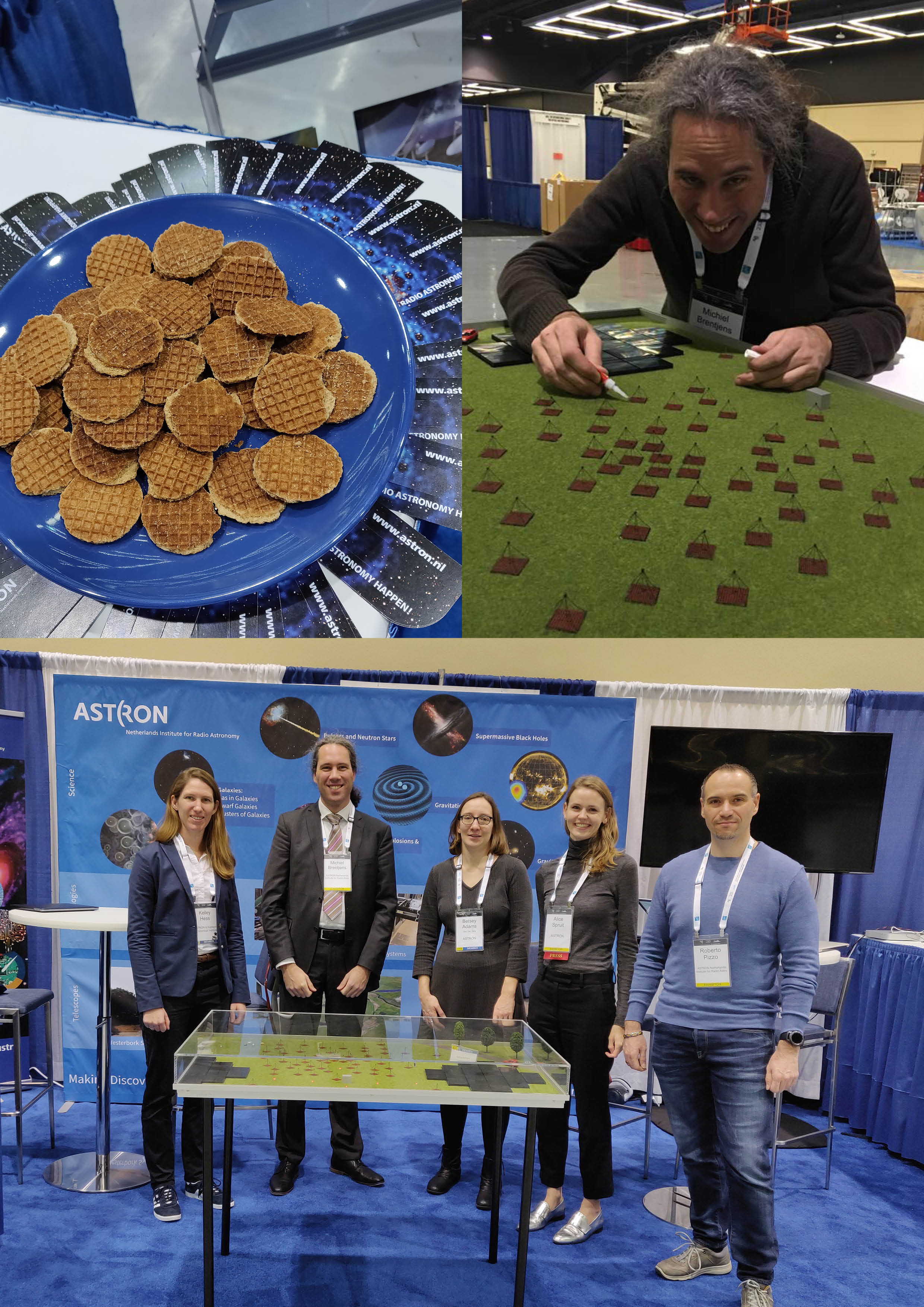 © ASTRON
© ASTRON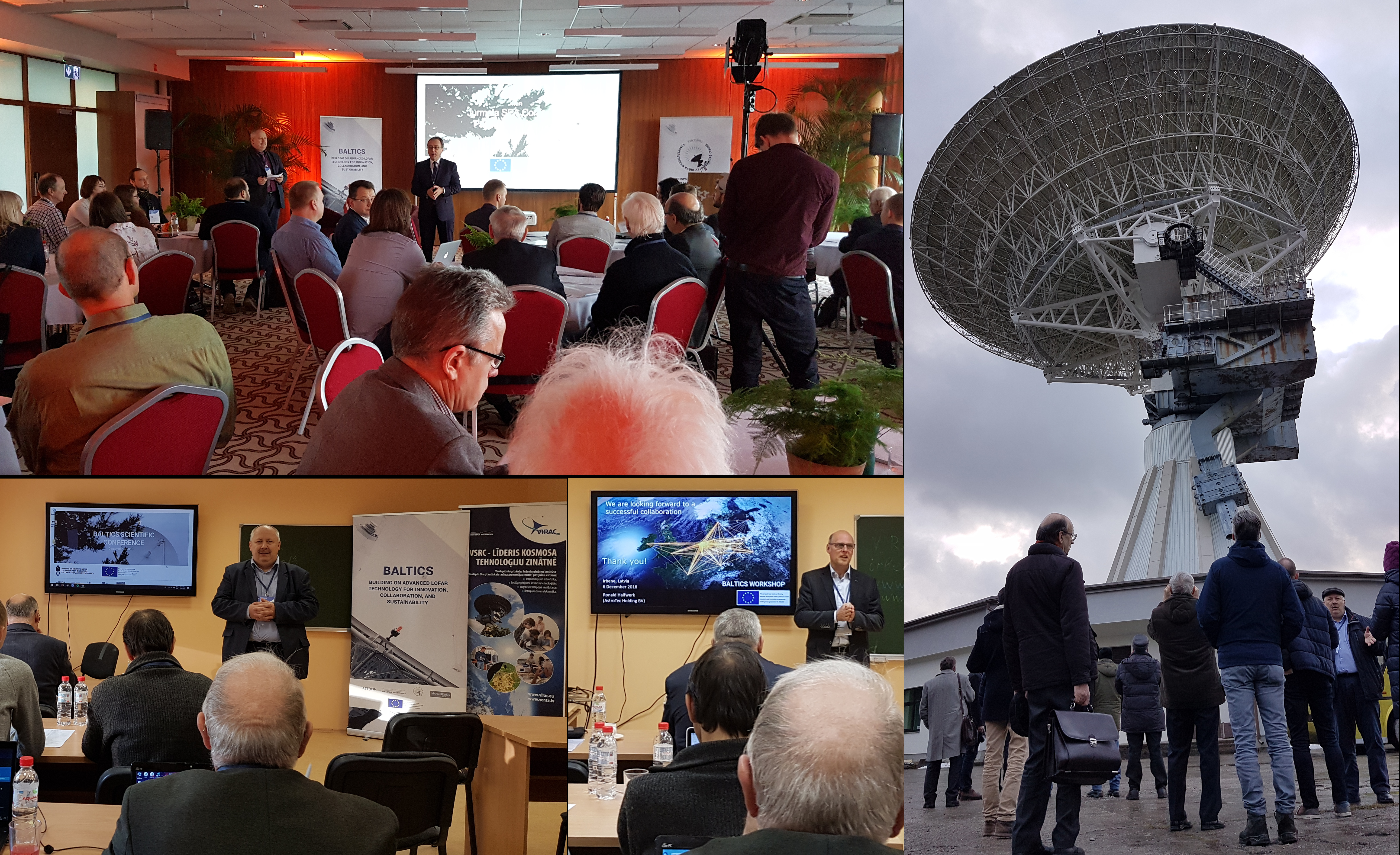 © Ronald Halfwerk
© Ronald Halfwerk © ASTRON
© ASTRON © Open access
© Open access © Astron Mechanical Group
© Astron Mechanical Group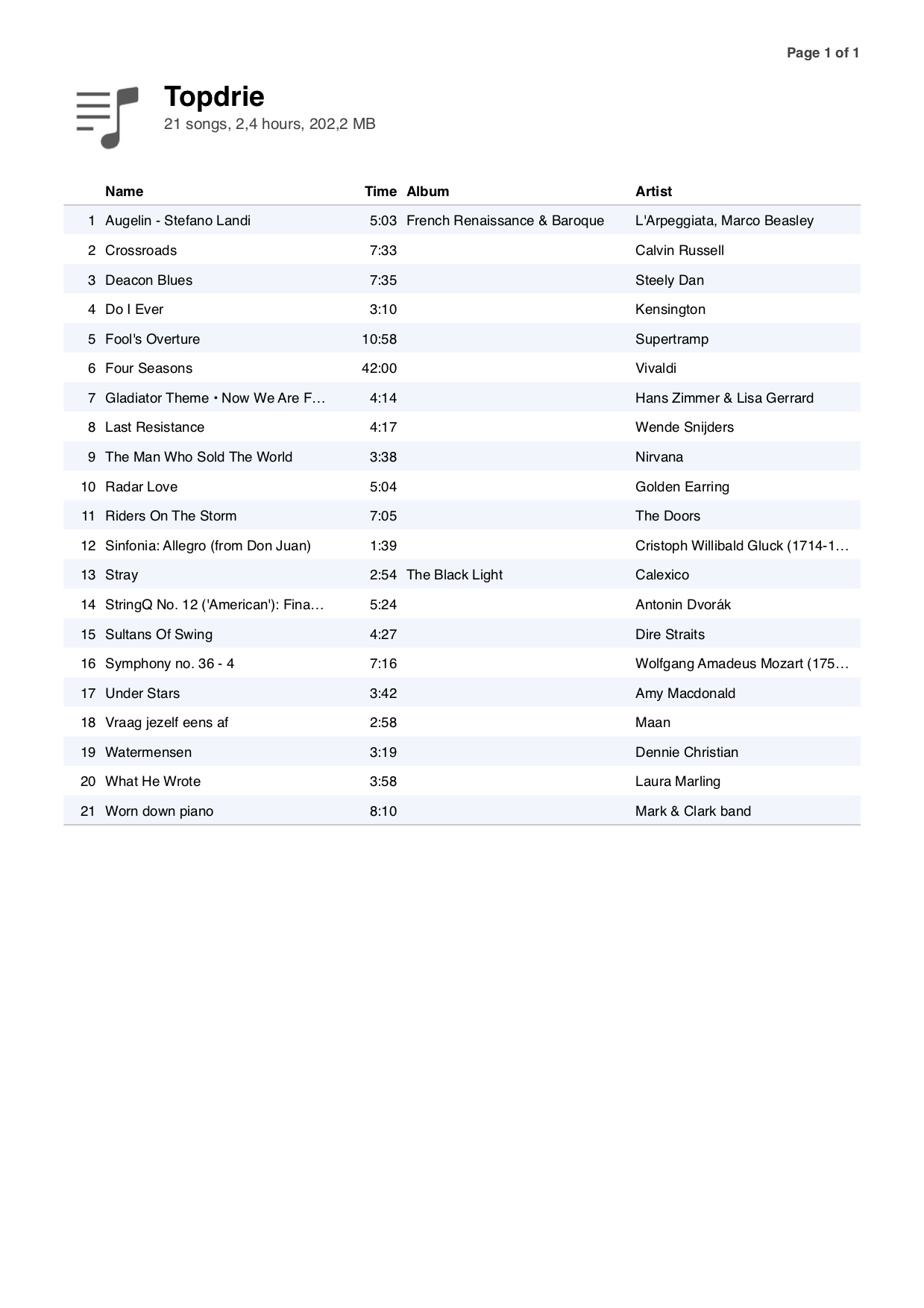 © APERTIF room team
© APERTIF room team © CC-BY-4.0 Tammo Jan Dijkema
© CC-BY-4.0 Tammo Jan Dijkema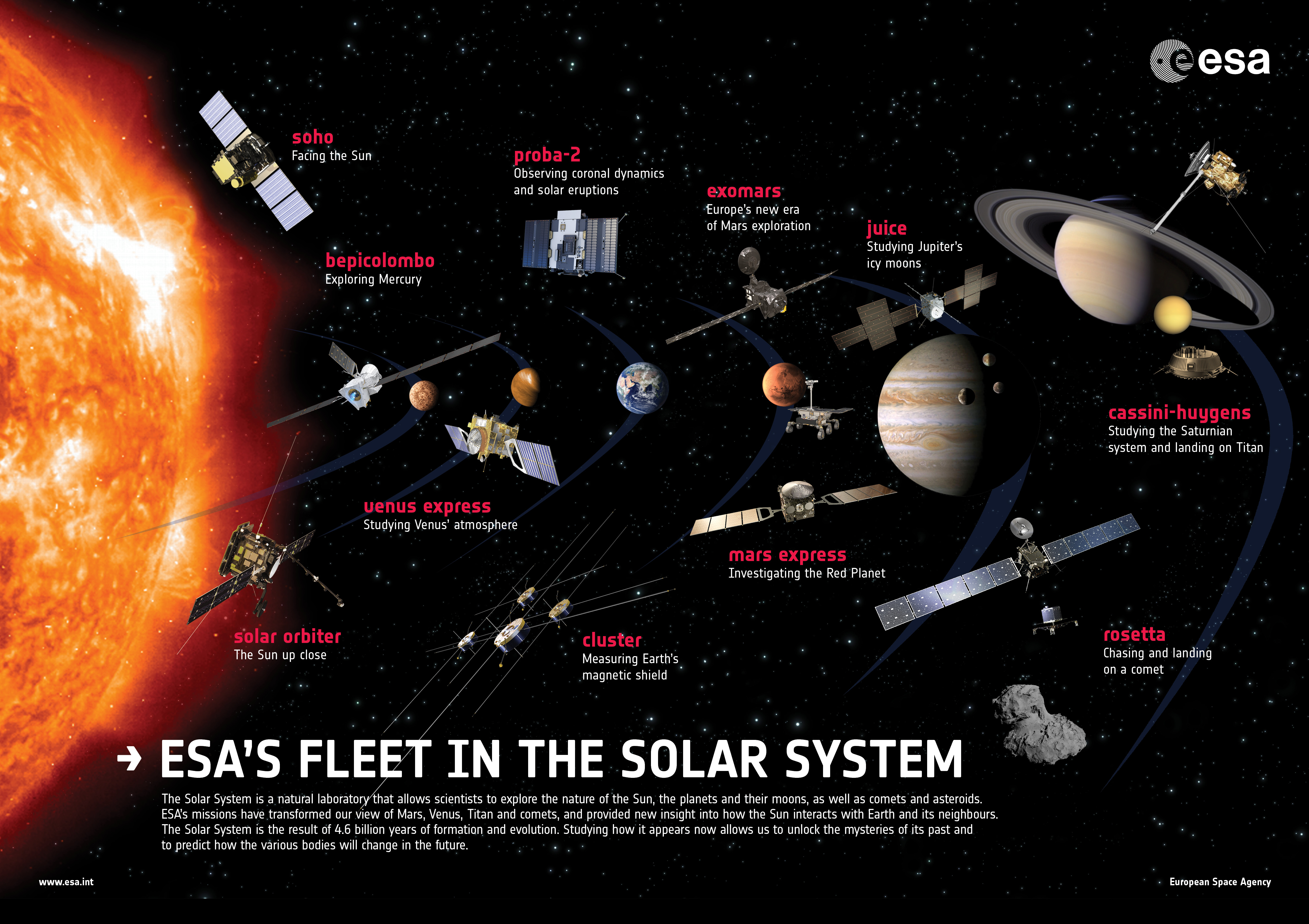 © ESA
© ESA © ASTRON
© ASTRON © ASTRON Mechanical Department
© ASTRON Mechanical Department © Thomas Tijsma / Tammo Jan Dijkema
© Thomas Tijsma / Tammo Jan Dijkema © Photo: Cees Bassa (ASTRON)
© Photo: Cees Bassa (ASTRON)






